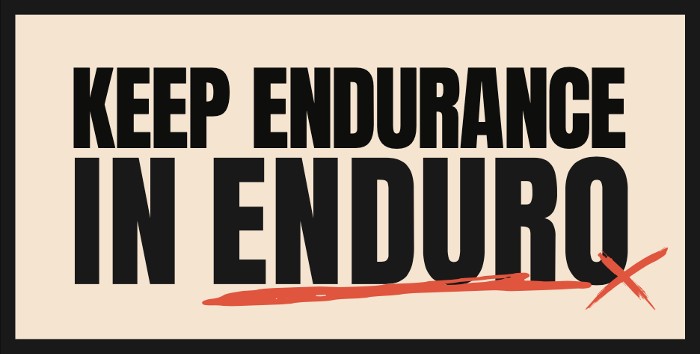I recently attended one of Graham Jarvis‘ Enduro Clinics at Red River Motorcycle Trails. Though the intensity was low, the day was long and we learned a lot. I enjoyed his process of starting small, working on clutch, throttle, and brake control. From there, we built upon those skills all the way to wheelies, descents, and hill climbs. This video is a look at my day riding with Graham Jarvis, how I tried to apply what I was learning, and my key takeaways from the day.
It Starts with your Controls
The dirt bikes we ride do not have an automatic transmission. As the rider, we need to have infinite authority over the relationship between the clutch, the throttle, and the brakes. Taking the time to become intimate with your levers and throttle isn’t an overnight success. It’s going to take years of intentional time before and after your time on the single track.
I love how Jarvis started small with the clutch, then the brakes, and then throttle. My biggest takeaway happened during one of these early sessions, and it has to do with the rear brake. The front brake is our dominant brake, and due to this I somehow ignored the importance of the rear brake when attempting to control the motorcycle. Using the rear brake to help compress the bike into the suspension keeps our right hand free to control the throttle. I’ve always tried to use the front brake while controlling the throttle and feeling like I was doing something wrong. Now that I am leveraging the rear brake to compress the bike into the suspension, I am feeling much more confident lofting the front wheel.
Body Position and Your Hips
When you’re standing up on your dirt bike, you have more leverage to maneuver the motorcycle underneath you. The way you place your feet and the way you bend your arms certainly has an affect over your authority of the bike. What I learned during the clinic was how important hip placement is when balancing on, and controlling, your two wheeled steed.
Where I was getting hip placement wrong over the years is when it comes to pivoting at the hips. I would shift my weight, but I would just shift my weight square to the outside of the bike, but I wouldn’t twist at the hips. Jarvis showed us how we need to turn our hips at roughly a 45 degree angle, as well as shift our weight. This allows us to get further back on the bike, as well as further to the outside. When you watch him ride in a tight circle, you can see he’d almost sitting on the seat with his inside leg. That position may not be idle for trail riding, but practicing the concept helps us achieve the position on the trail with less thinking or judgement.
Bringing it all Together
As the day progressed, so did the challenges we took on with Jarvis. We dropped in on vertical walls, crossed logs parallel to the bike, and worked on hill climbs. The concept that kept getting brought up though is how it all starts with your clutch, your throttle, your brakes, and your body position. If you just try to “go fast”, you’re setting yourself up for failure.
Applying the Techniques
All the techniques I talk about in the video can be applied as a warm up before you hit the trail. Taking a few minutes to be intentional with technique practice will compound over time. As you get more confident riding over smaller obstacles, you’ll understand how to use the technique on larger obstacles. The technique doesn’t change, it’s the application of technique that differs due to the size, or technicality, of the obstacle or trail.

Pass along your questions, comments, and concerns. Enjoy #GettingSeattime and STAY STOKED!!!







0 Comments
Leave A Comment